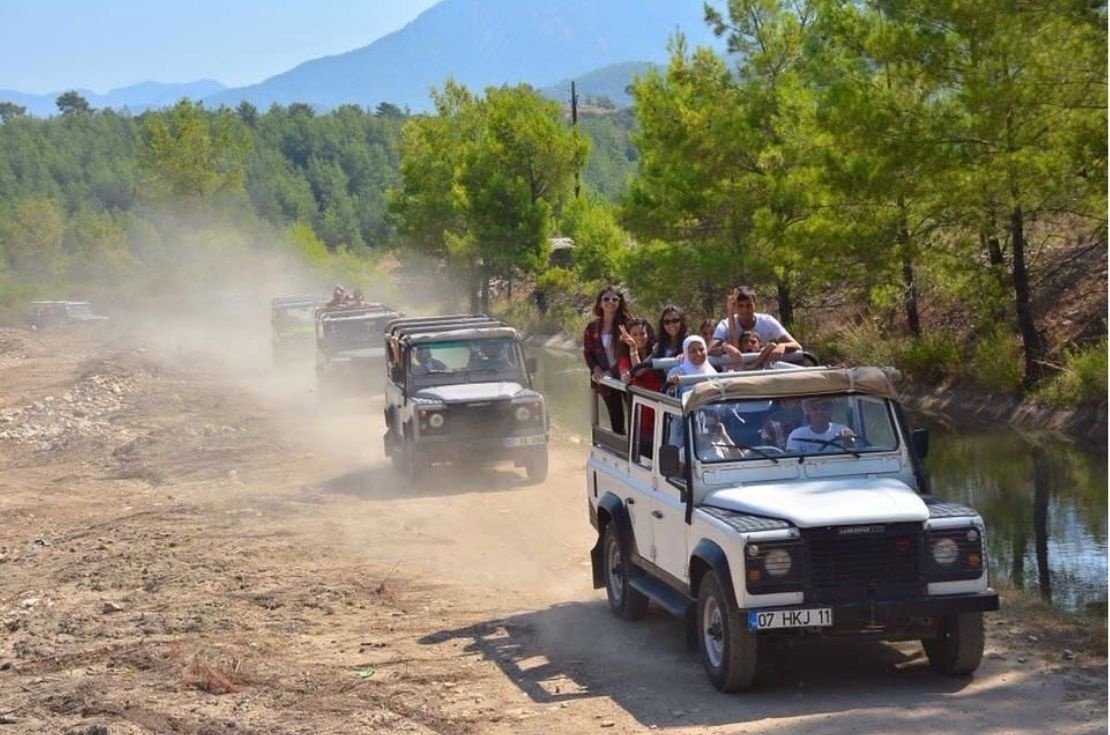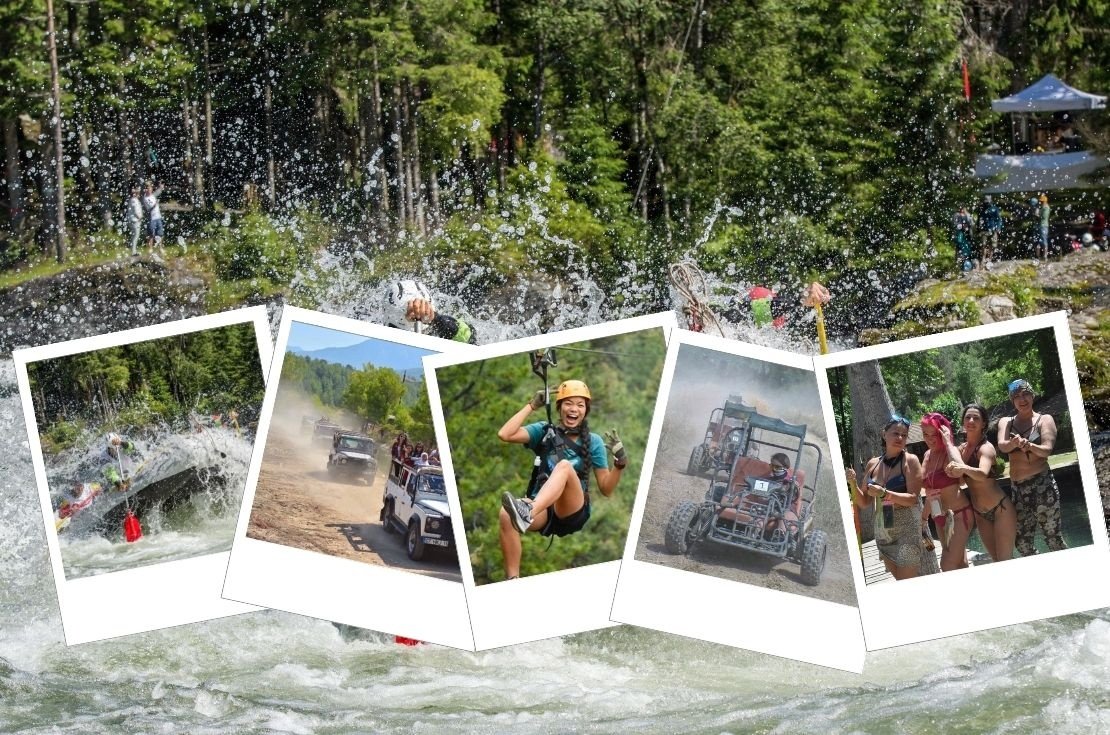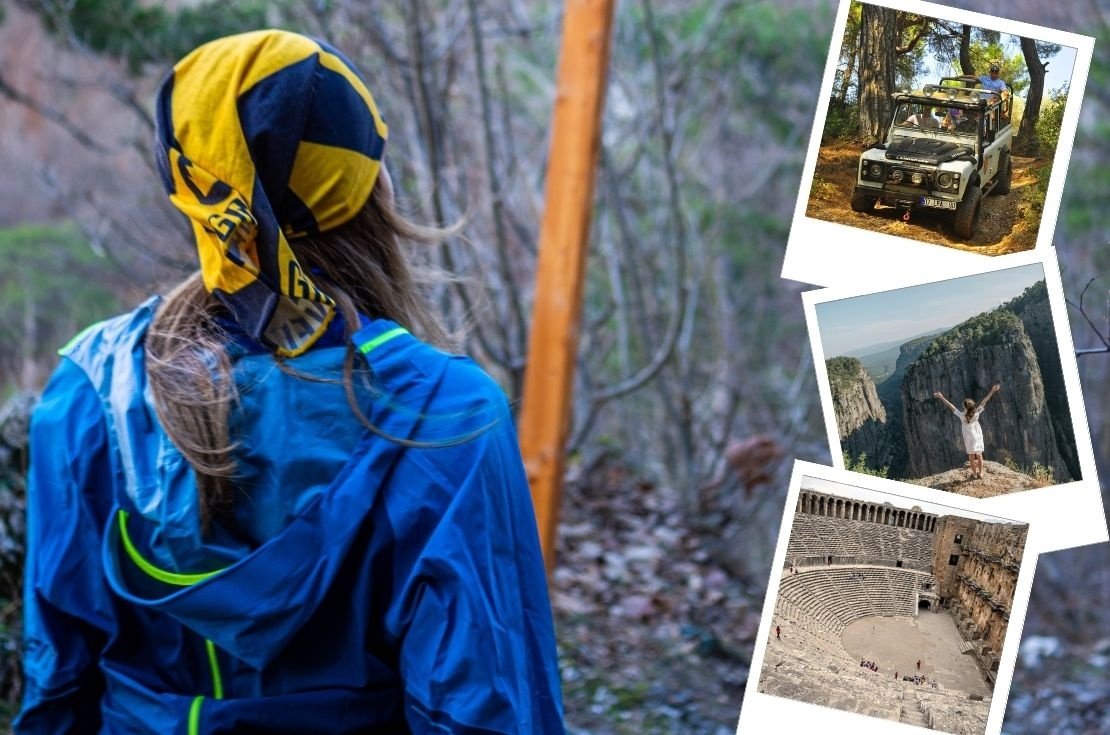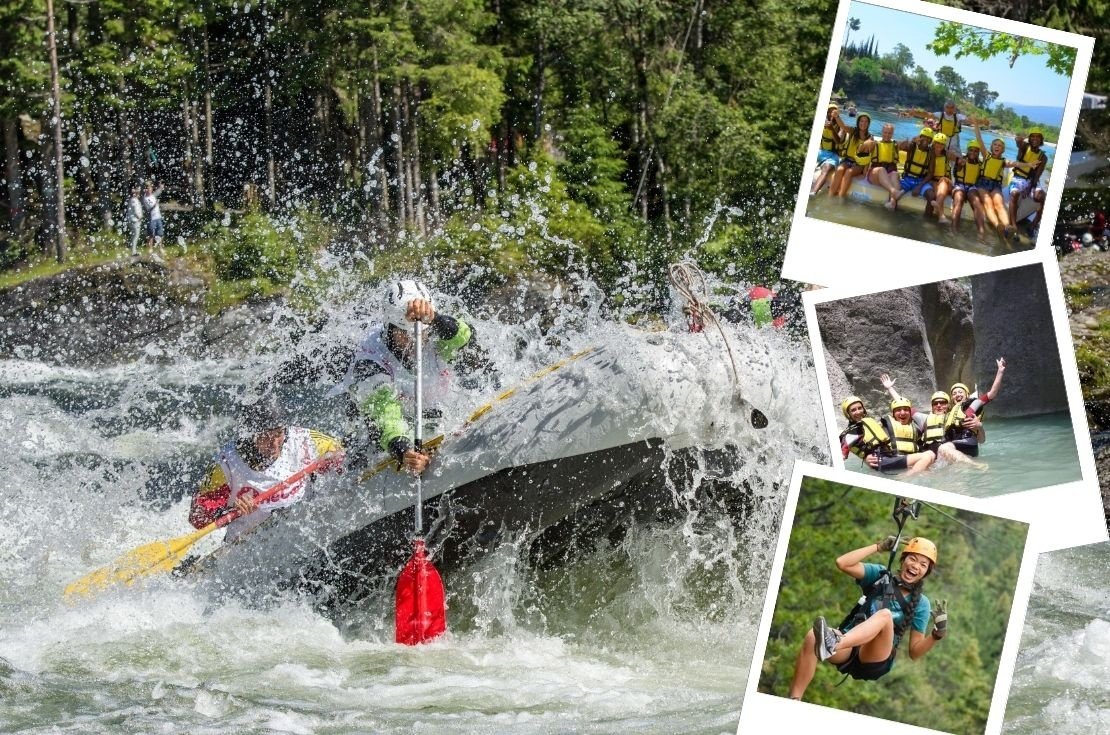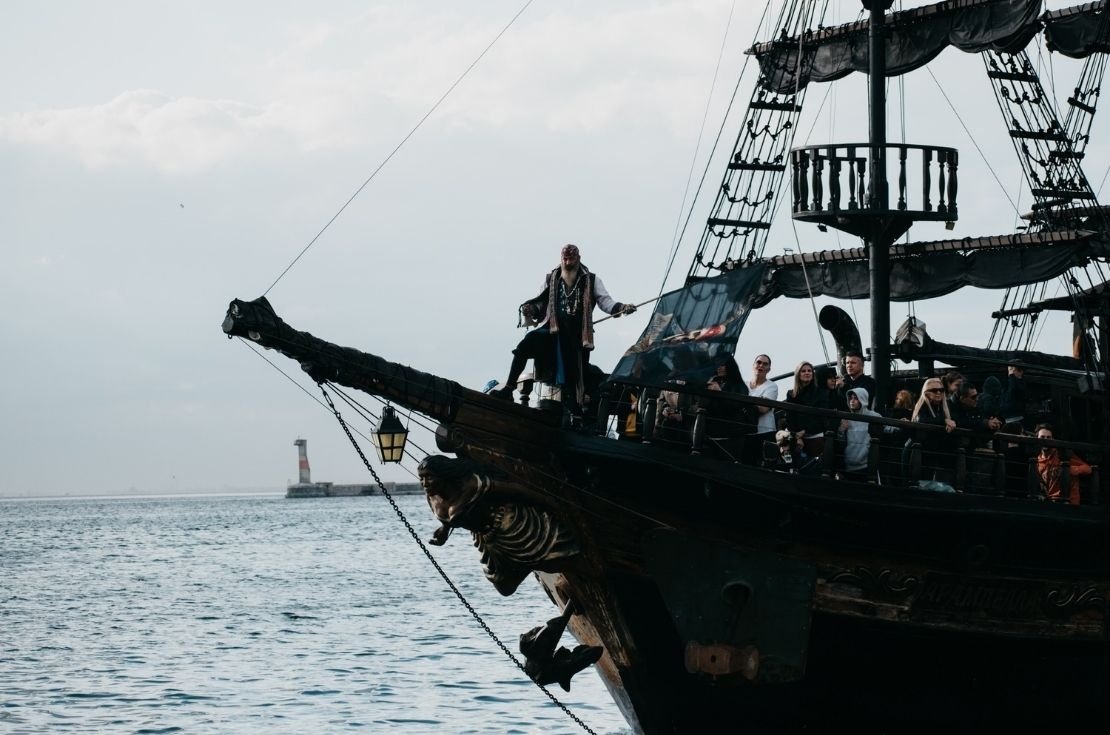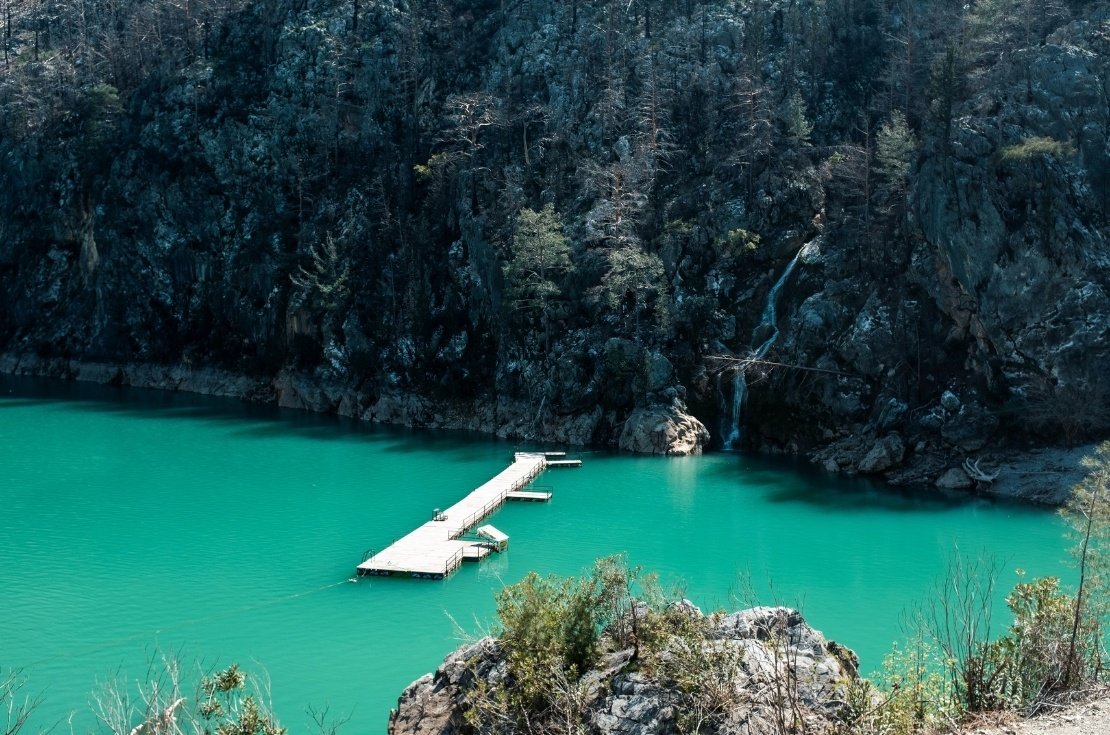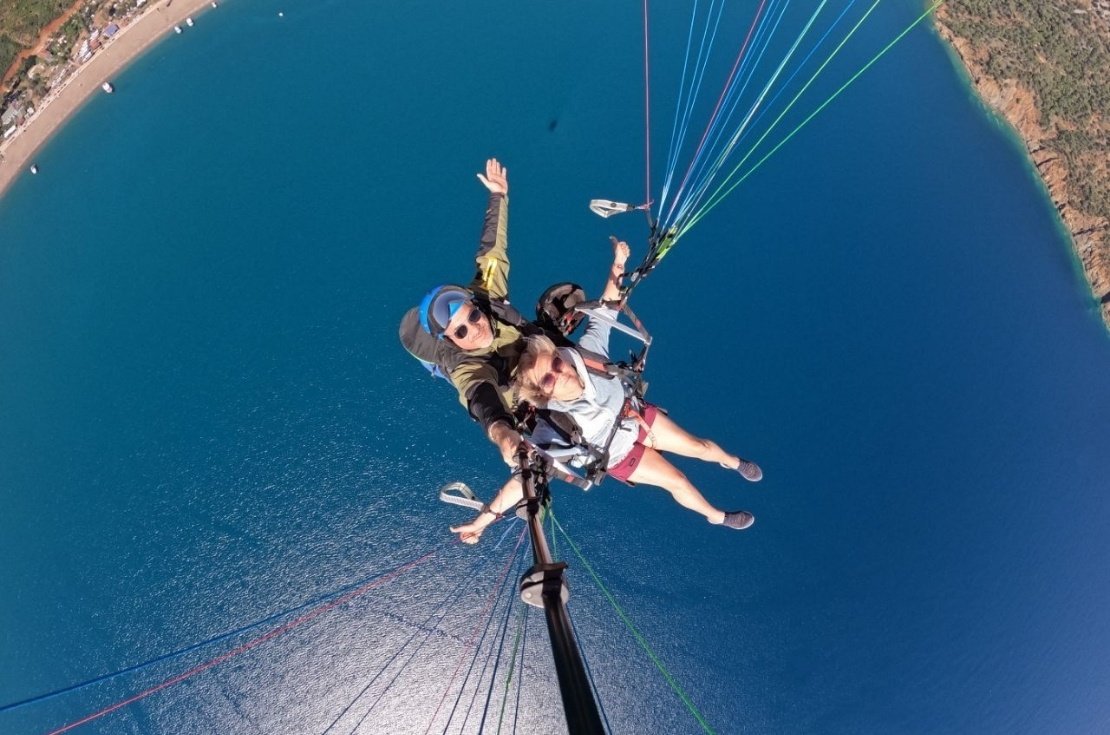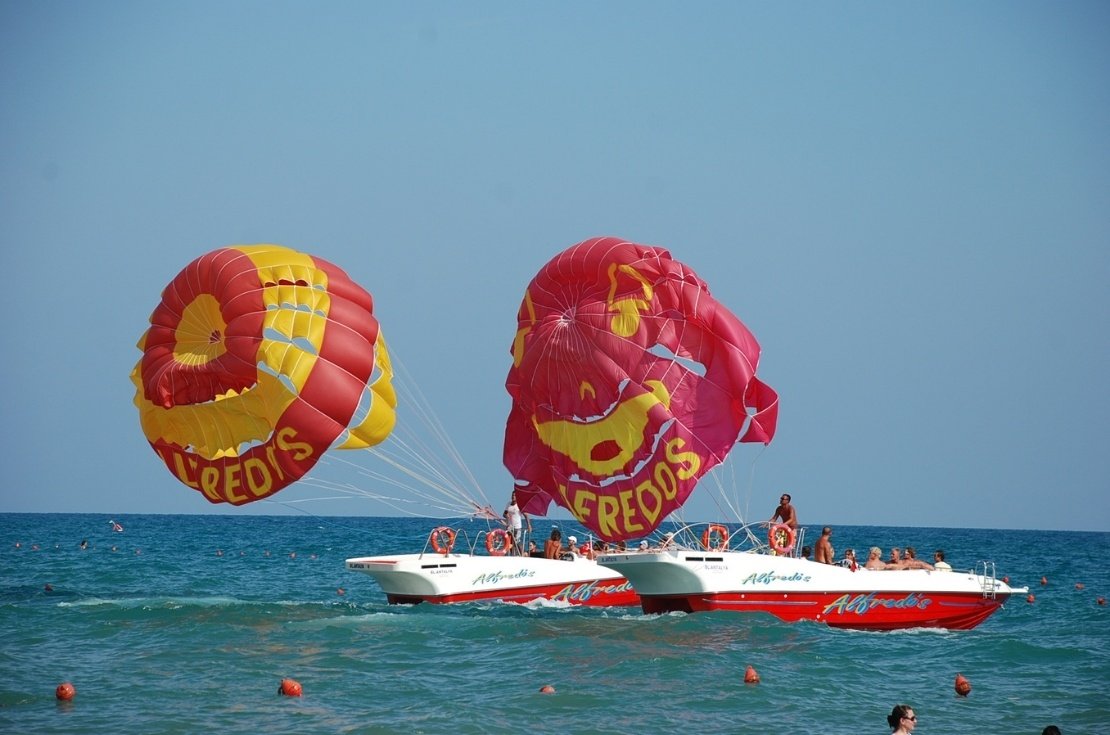About Rafting Tour
What You Need to Know About Rafting Tour? As in every sports branch, there are important things you need to know in rafting sport. Although our experienced guides have informed you before the tour, we have prepared a list of things you need to know in advance for you. Below you can find the list of things you need to know about rafting;
there are important things you need to know in rafting sport. Although our experienced guides have informed you before the tour, we have prepared a list of things you need to know in advance for you. Below you can find the list of things you need to know about rafting;
Things You Should Know About Rafting;
- Always wear your life jacket on the river. The lifejacket should fit comfortably.Even in a quiet area, be sure to consult your guide before taking off your life jacket.
- Helmets are worn to protect you from the paddles of your enthusiastic rafting friends and a salta paddle / frame (in case of fitting a cap to a paddling rig) and very rarely as protection against rocks on the river.
- Keep your life jacket and helmet on, even if you're just going for a quick look. Even if you are walking on rocks you may fall, your safety equipment will protect you.
- Do not place your rafts above the safety line on the raft while paddling. You are likely to get hurt if you hit a rock.
- In case the raft hits a rock, do not stop the two tonnes momentum of the raft with your light paddle, feet or hands - you will be injured. Let the raft come off the rocks - it is much easier (and cheaper!) to repair rafts!
- Stop for water fights and other fun activities on the rapids and let your guide focus on his line on the big rapids. Make sure your personal safety equipment (life jackets and helmets) fits properly and your feet are securely secured under pipes or inside footpegs on large rapids.
- If bodyboarding is trying to be done fast without a raft You can only do it on easy rapids and sections without too many rocks. Body surfing is a fun thing to do if you are comfortable doing it. Once in the water, lie on your back with your feet facing down, positioning yourself so that your toes are out of the water. A few hints to remember: a. Do not jump into the water without permission from your river guide. b. Not all rapids are safe for body surfing and remember that if you jump without permission you may be 'fun' hiking for a few days! C. Do not dive from the raft into the river. Always place your feet first as there may be unseen rocks beneath the surface.d. Breathe in when going below a wave and stop breathing when going above the wave. As you get to the top of the wave you can gently push off your hands - this allows you to get a little sharper for breathing! F. Body surfing rapids is not recommended for swimmers.
If you fall off a raft and have to bodysurf, remember the following;
- Do not panic - relax.
- As soon as you fall off the raft, your lifejacket will immediately bring you to the surface.
- There is a ninety per cent probability that you will swim right next to the raft. Hold on to the raft. Remember that the raft is the largest lifejacket on the river.
- If you are close to the raft (one or two metres away) and you are a swimmer, swim for the raft.
- If you are away from the raft, assume the white water position (also called the white water missionary position!): Lie on your back with your feet pointing downwards.
- Do not try to get up quickly, as this may cause you to trip over a rock or other underwater obstacle.
- You'd be pretty useless on the raft without a paddle, and if you went in without a paddle the crew would probably throw you back into the river. You can use the paddle to extend your range and get help. Always give the tip of the shovel to the person trying to help you or the person you are trying to help.
- Listen to your guide even though it goes against your instincts. If your guide points in any direction, swim in that direction. Your guides always point to safety.
Watch out for the rescue bag that your guide may throw at you. Hold the rope by the sticker on the outside of the bag, not the bag itself. Do not wrap the rope around your wrist or neck. Put it over your shoulder, pointing your face in the direction you are pulling from, because it forms the air pocket (which will be explained to you before rafting at the safety briefing) and retreat back to the raft. - If one of the other people falls out of the raft, grab them only by the top of the lifejacket (shoulder section).
- Smile. The most important thing to do on a river- enjoy it!
Medical concerns;
If you have any pre-existing health problems, tell the coach about them and remember to carry any necessary prescription medications with you.
-
BOOK NOW
-
CAMPAIGNS



